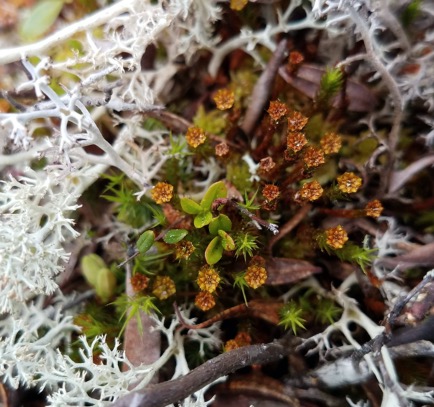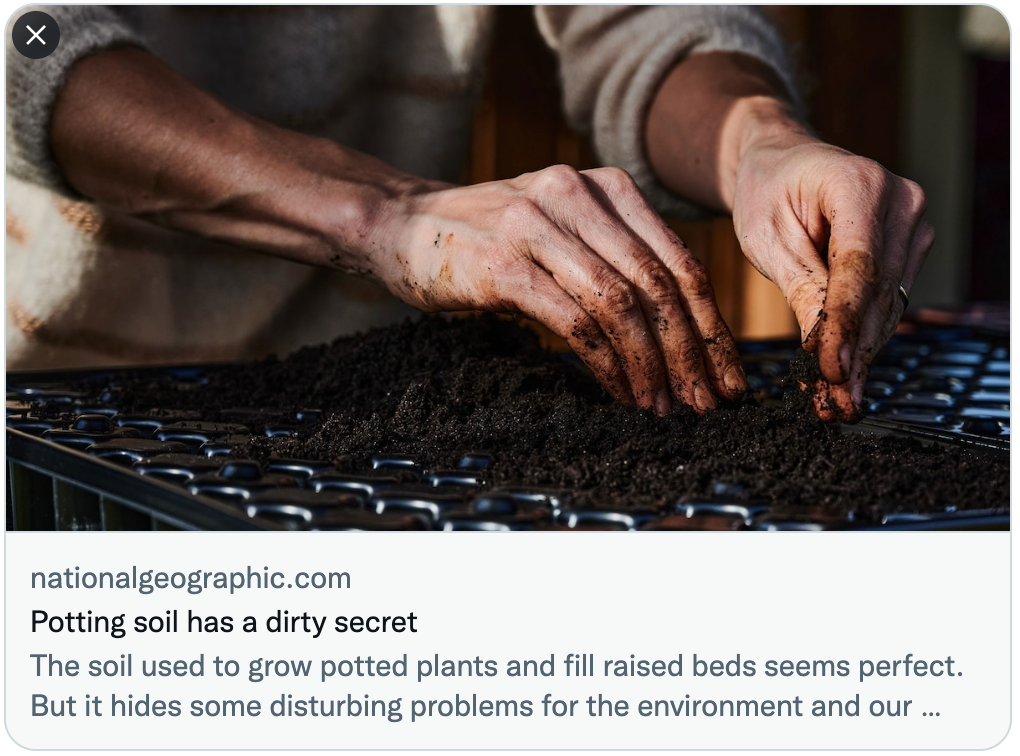Peatlands, which are acidic, waterlogged wetlands, occupy only 3% of Earth’s surface but store 25% of its total soil carbon. When peatlands are disturbed, for example drained for agricultural development or peat mining, they turn into large-scale sources of CO2.
Damaged or drained peatlands worldwide are estimated to emit about 2 billion MTCO2 each year. Even if peatlands are later restored, research has found they often do not regain their prior capacity to store carbon for many decades. Under certain conditions, restored peatlands may even release more methane emissions than the CO2 they sequester.


